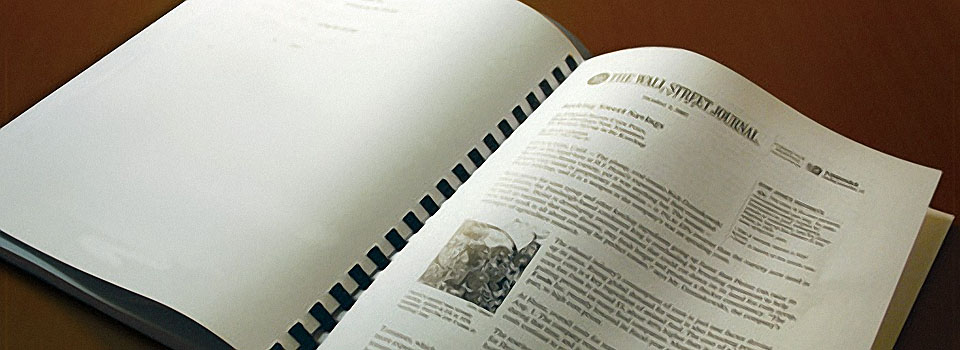It’s a 14-hour right of passage split into four parts. It tests knowledge, organization, and expression through its battery of questions. Those who pass each section with a minimum score of 75 percent earn the initials signifying their technical excellence like a badge of honor. It is the Certified Public Accountants licensing examination, and its difficulty is so renowned that the long-running joke among accountants is that CPA exam centers serve as their profession’s unofficial reunion place.
“I remember overhearing two people who had obviously seen each other for the exam before. Each said it was their twelfth and thirteenth time there,” says Terry accounting professor Denny Beresford, thinking back on his angst-ridden, two and a half days in the Santa Monica Civic Auditorium as one of 1,500 accounting graduates taking the exam. “It made my heart drop, thinking that could wind up being me,” recalls the former two-term Financial Accounting Standards Board chairman and audit committee chairman of Fannie Mae’s board of directors.
Beresford passed on his first attempt, although he says there were two sections “where it could have gone either way.” Yet even by today’s standards – where calculators are permitted, the exam is computerized, and accounting grads have the option to schedule the exam’s four parts at their convenience – Beresford faired better than most aspiring CPAs. Nationally, the highest initial pass rate for the CPA exam in the last 10 years was 20 percent (2003). Compared to the bar exam’s national pass rate, which has consistently remained for the past decade between 63-67 percent (1998-2008), accountants envision lawyers exiting exam centers skipping and singing.
Which is not to imply that first-time CPA exam pass rates are a grim statistic for graduates of Terry’s J.M. Tull School of Accounting. Quite the opposite, in fact. According to the latest results published by the National Association of State Boards of Accountancy, the first-time pass rate for Terry’s accounting graduates in 2007 was an eye-popping 78 percent – second-best among any school where first-time candidates without advanced degrees took the examination. In fact, since 1998, Terry’s first-time pass rate has been two and a half to three times higher than the national average.
What makes Terry accounting grads consistently among the top 10 in the country on the CPA exam? The explanation begins with faculty who are the “complete package” of researcher and instructor. Support from organizations and individuals that benefit from the program is also important, as is a unique accounting curriculum structure, and the innovative approach of professors like Linda Bamber and Dan Smith, who are revolutionizing the way accounting is taught.
One thing conspicuously absent from this equation is any semblance of strategy that teaches the CPA exam or emphasizes passing the test.
“We are proud of our CPA pass rates, but instead of teaching to the end result, we see passing it as more of a by-product of a good program,” says Ben Ayers, director of the J.M. Tull School of Accounting, who stresses that Terry doesn’t believe in teaching to the exam, much less offering CPA exam review courses within the curriculum. “The end result of completing our program should be leaving here with a strong fundamental understanding of accounting and tax rules in addition to long-term life skills of researching and learning. We have a very rigorous program that challenges students, and, as a result, helps our graduates get up to speed quickly so they are ready to be successful.”


